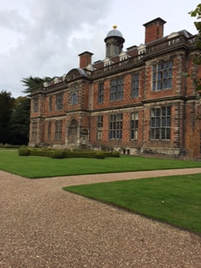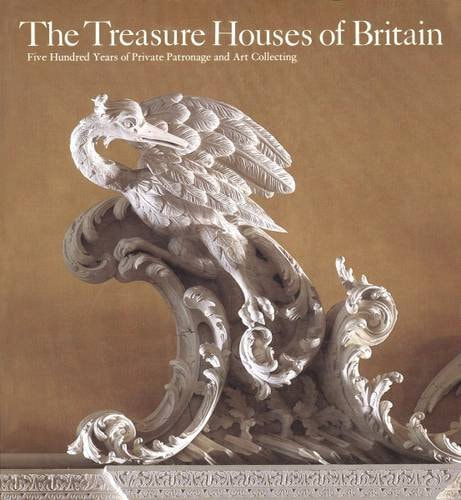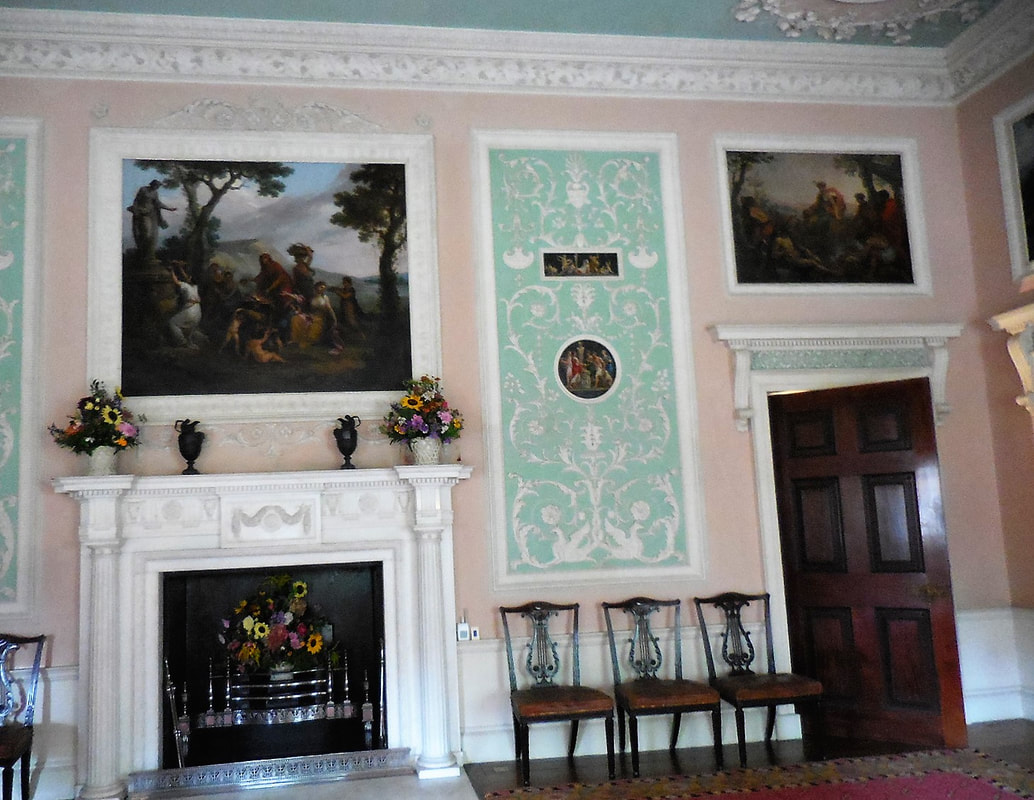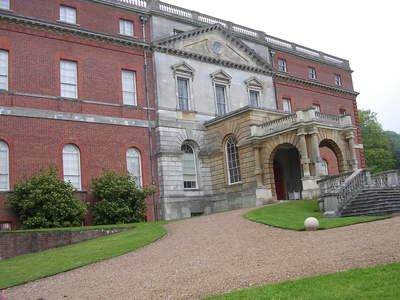


We apologized and heard this story. After the death of King William IV in 1837, his widowed queen spent several years traveling among country houses away from the Court. Though Queen Victoria was sincerely fond of her aunt Adelaide, apparently the Duchess of Kent resented her influence. So she politely stayed away.















 RSS Feed
RSS Feed